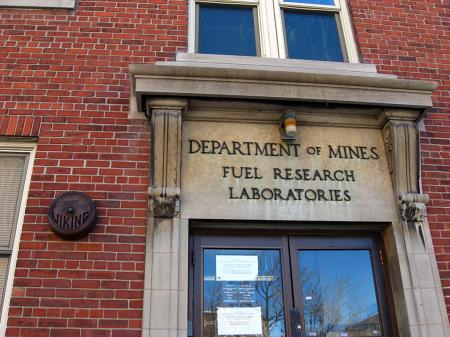Shai Agassi has a bold plan to transform personal transportation in Israel: electric cars built by Renault and Nissan using lithium-ion batteries from NEC. The crucial difference between this plan and those simply intended to encourage customers to buy individual electric vehicles is that Agassi’s company plans to provide battery infrastructure, in the form of recharging outlets and battery swap stations. Each battery is initially expected to provide 124 miles (200 km) per charge, with recharging happening both at parking-meter type stations and at centres where depleted batteries can be swapped immediately for charged ones. The batteries are expected to last 1,500 charges, or 150,000 miles (240,000 km).
The pricing model is also interesting. While it is still evolving, it will probably take the form of a monthly fee based on expected mileage. The company selling the battery exchange plans will subsidize the purchase of the cars, to some extent, increasing the rate at which people switch over from gasoline vehicles. The Israeli government has pledged $200 million to help get the scheme running. Given the incentives for clean vehicles that the government has promised to maintain until at least 2015, company officials suggest that their electric cars will cost half as much to buy and operate as gasoline ones would.
Israel does have unique characteristics that arguably make this approach especially suitable. Foremost among those may be its small size. One of Agassi’s batteries would be sufficient to drive across it from east to west, with two or three being required to go from north to south. That said, if this model proves successful, one could certainly imagine it working in other relatively confined high-density areas, from Manhattan to Shanghai.







